Take it from someone who’s tried: If you want to read the complete history of Batman in comics, and you don’t want to do it digitally, you have your work cut out for you! Take a look at Comic Book Herald’s complete Batman reading order and you’ll see an (expertly curated) list of a wide variety of collected editions, many of which have long since gone out of print and are no longer available at an affordable retail price. The journey through the history of the Bat in print collections hasn’t felt especially achievable – all that may be changing soon.
DC’s 2024 has focused on a number of tangible efforts to make their comics more available and affordable, starting with this year’s earlier Compact Classics, which took all-time great stories like Watchmen and All-Star Superman and packaged them into Manga sized digests (5.51 x 0.75 x 8.46 inches) for $9.99 a pop in the U.S. The collected efforts continue in late 2024 with DC Finest.

DC Finest paperback editions are now available, representing DC’s move into comprehensive collected editions for all their core characters like Batman, Superman, Wonder Woman, the Justice League and on and on. The collections launch in 2024 at $39.99 a piece for approximately 600 pages of comics. Unlike more familiar best sellers in DC’s line like Batman: Year One, which collects the four issues that make up one Batman story, or All-Star Superman which collects the must-read twelve issues from creators Grant Morrison and Frank Quitely, DC Finest collections represent a continuous collection of comics as they were released in publication order. This means each paperback collects about 1 to 3 years of consecutive Batman or Justice League comics, warts and all!
This is a new wave for DC, and fills a void they weren’t really fulfilling in the book market for the real continuity focused, gotta have it all comics collector. In theory, if the line is supported, it could eventually cover the full DC Comics reading order. The closest comp in DC was the old Showcase Presents line which gave you about 500 pages of black-and-white comics for under $20 from 2005 to 2016, although these were limited to comics from DC’s Silver Age (between 1955 to 1975). DC Finest is more expensive, yes, but it’s more comics, in color, from every era of the publisher’s now near 90 year history. Size-wise, each DC Finest collection is the exact length (10 and 1/4 in) and width (7 in) of a modern single issue floppy comic, with of course a much thicker spine (~1 in) to accommodate its 600 pages.
For the purposes of this review, DC sent me the following launch books. Please note, the five launch books were a gift from DC Comics, but what follows is my honest review.
Support For Comic Book Herald:
Comic Book Herald is reader-supported. When you buy through links on our site, we may earn a qualifying affiliate commission.
Comic Book Herald’s reading orders and guides are also made possible by reader support on Patreon, and generous reader donations.
Any size contribution will help keep CBH alive and full of new comics guides and content. Support CBH on Patreon for exclusive rewards, or Donate here! Thank you for reading!
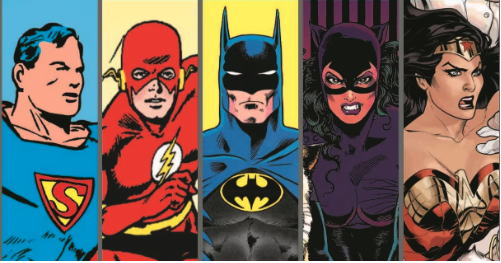
632 pages of comics collecting post Crisis on Infinite Earths Batman comics from November 1986 to October 1987, including of course, Batman Year One by Frank Miller and David Mazzuchelli, and Batman Year Two by Mike W. Barr, Alan Davis and Todd McFarlane.
Collects: Batman #401 to #412, Batman Annual #11, and Detective Comics #568 to #579
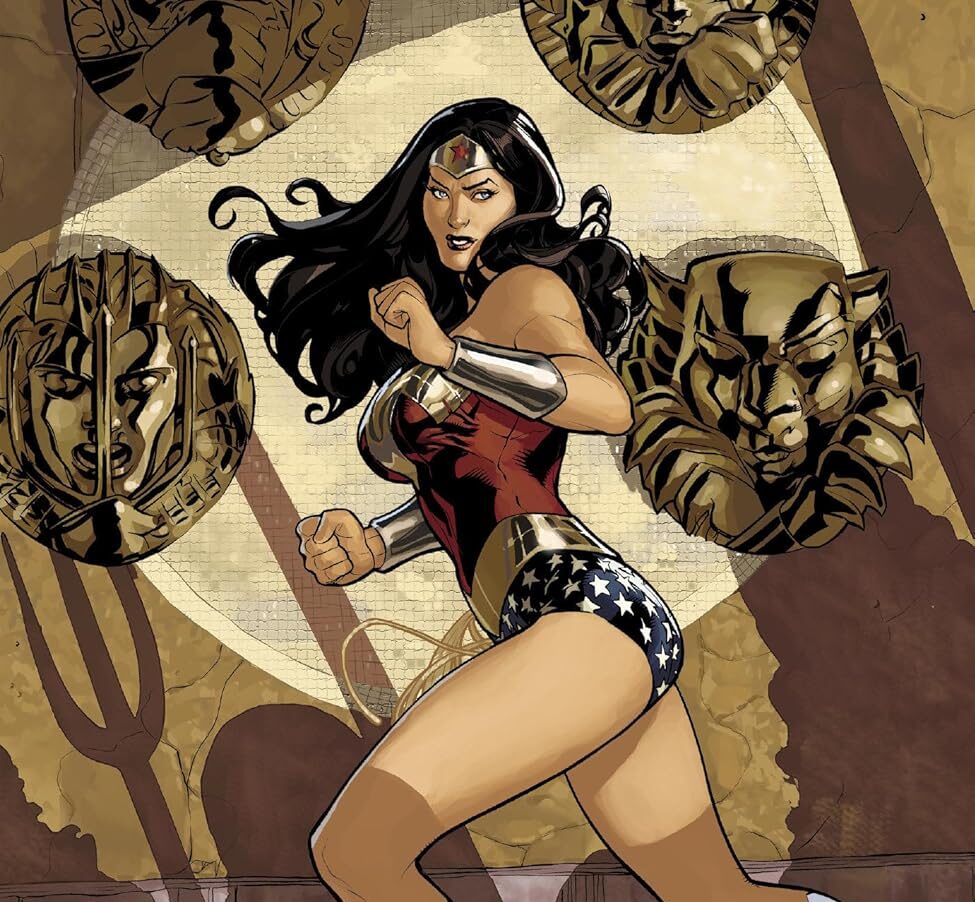
Wonder Woman: Origins and Omens
580 pages of comics collecting Gail Simone, Terry & Rachel Dodson’s run on Wonder Woman from October 2007 to October 2009
Collects: Wonder Woman #14 to #35, Outsiders: Five of a Kind – Wonder Woman/Grace #1, The Brave and the Bold #7
582 pages of comics collecting the original Jerry Siegel and Joe Shuster Golden Age Superman comics from June 1938 to June 1940
Collects: Action Comics #1 to #25, Superman #1 to #5, New York World’s Fair Comics #1
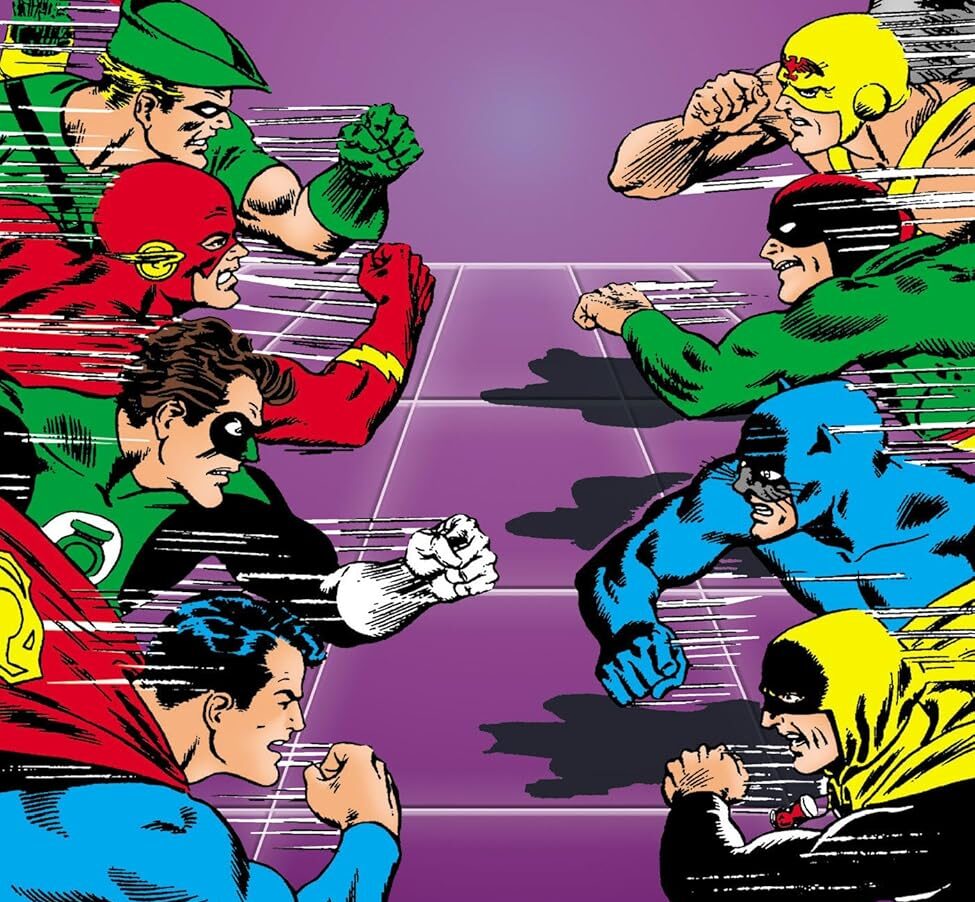
Justice League of America: The Bridge Between Earths
614 pages of comics collecting the original Earth-One and Earth-Two Justice League crossovers from June 1966 to June 1969
Collects: Justice League of America #45 to #72
Upcoming DC Finest Collections (2025)
Other volumes teased or announced so far include the following. Note that this list includes continuing volumes from some of the launch books, for example the Batman: Killing Joke collection follows directly after Batman: Year One & Two.
Justice Society of America: For America and Democracy
From 1940 to 1942
Plastic Man: The Origin of Plastic Man
Collects: Police Comics #1-36; Plastic Man #1-2
Superboy: The Super-Dog from Krypton
Collects: Adventure Comics #199-216; Superboy #33-43
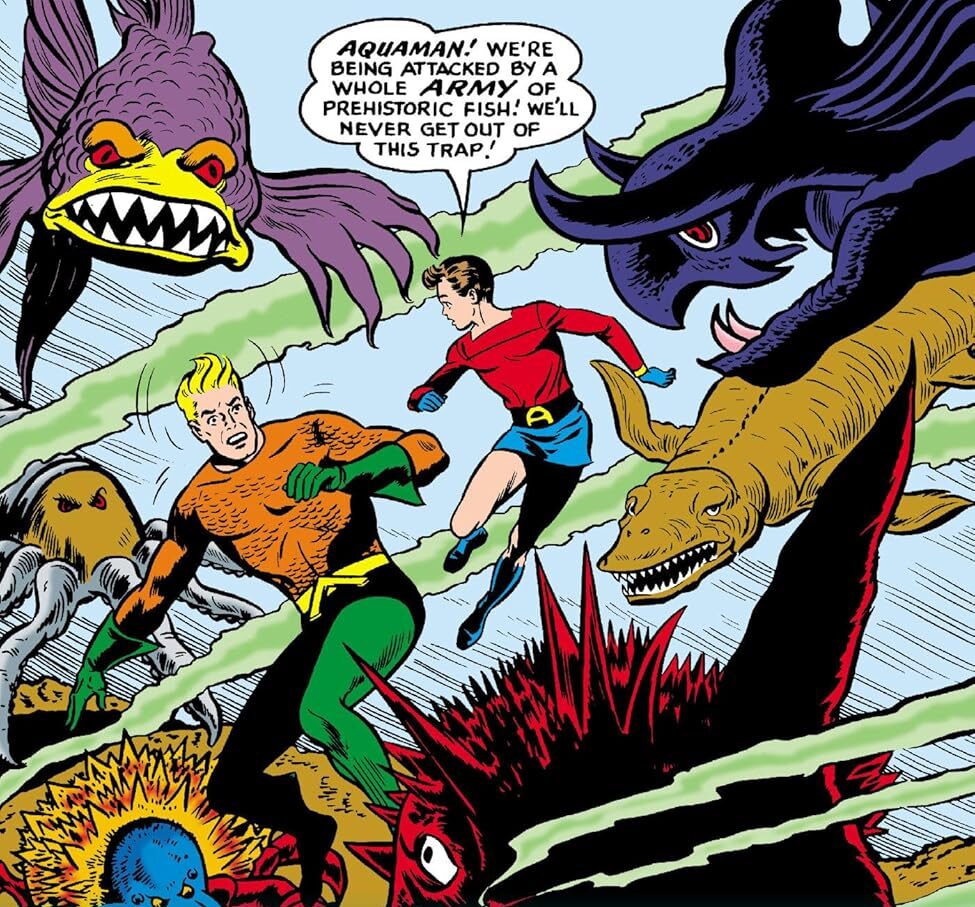
Comics from 1956 to 1964
Science Fiction: The Gorilla World
Collects: Action Comics #183-196; Strange Adventures #35-48; Mystery in Space #16-22
Collects: Action Comics #252 to #270
The Flash: The Human Thunderbolt
Comics from 1956 to 1961
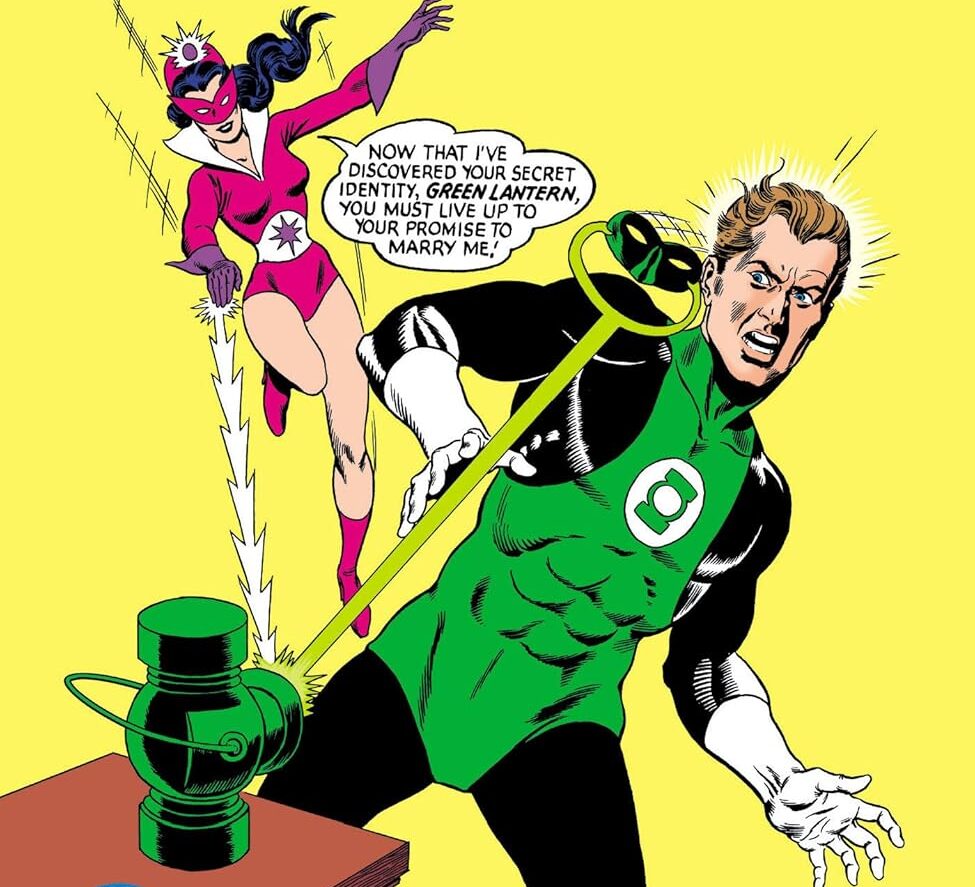
Green Lantern: The Defeat of Green Lantern
Comics from 1963 to 1965
Superman Family: The Giant Turtle Man
Collects: Action Comics #266, #277; Superman #142-143, #147; Superman’s Girl Friend Lois Lane #19-28; Superman’s Pal, Jimmy Olsen #47-56
Doom Patrol: The World’s Strangest Heroes
Collects: The Brave and the Bold #65; Doom Patrol #86-102; Challengers of the Unknown #48; My Greatest Adventure #80-85; Teen Titans #6
Collects: Justice League of America #42; The Brave and the Bold #57-58, #66, #68, #88, #101; Metamorpho #1-17
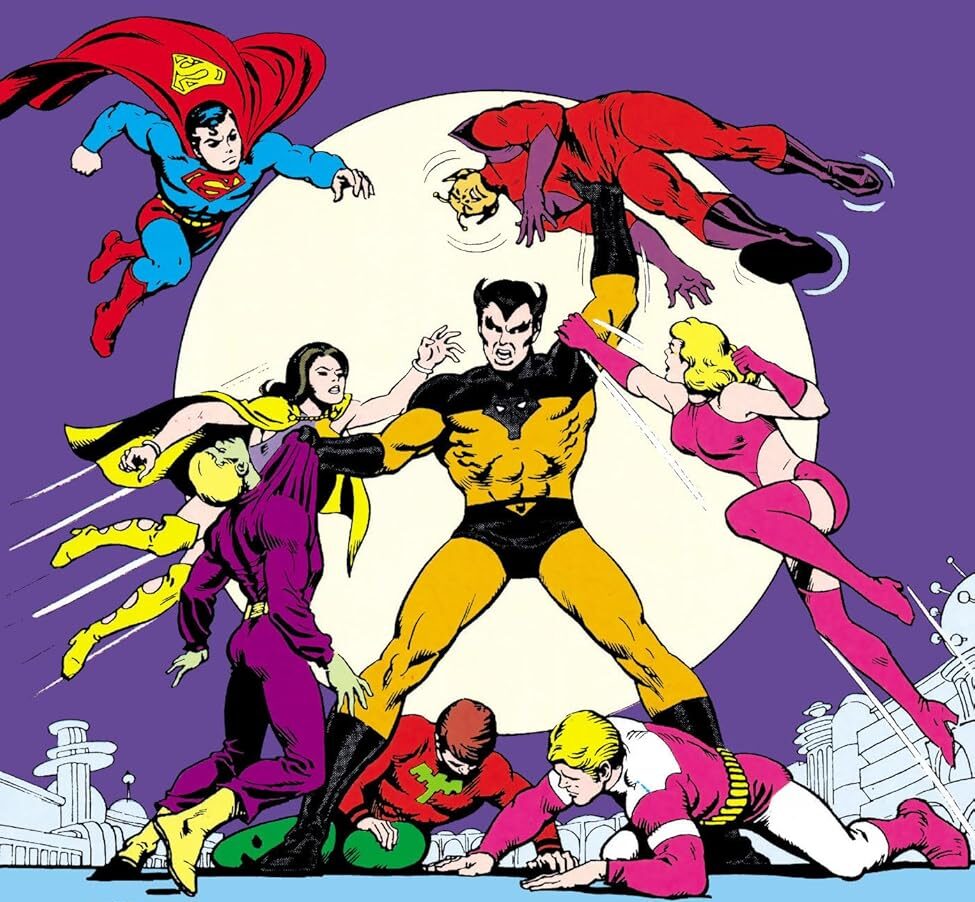
Legion of Super-Heroes: Zap Goes the Legion
Comics from 1968 to 1974
Superman: Kryptonite Nevermore
Collects: Action Comics #393-406; Superman #233-238, #240-246
Team-Ups: Chase to the End of Time
Collects: DC Comics Presents #1-14; The Brave and the Bold #141-155
Wonder Woman: The Legend of Wonder Woman
Collects: Wonder Woman #306-329; DC Comics Presents #76; Blue Devil #10; The Legend of Wonder Woman #1-4
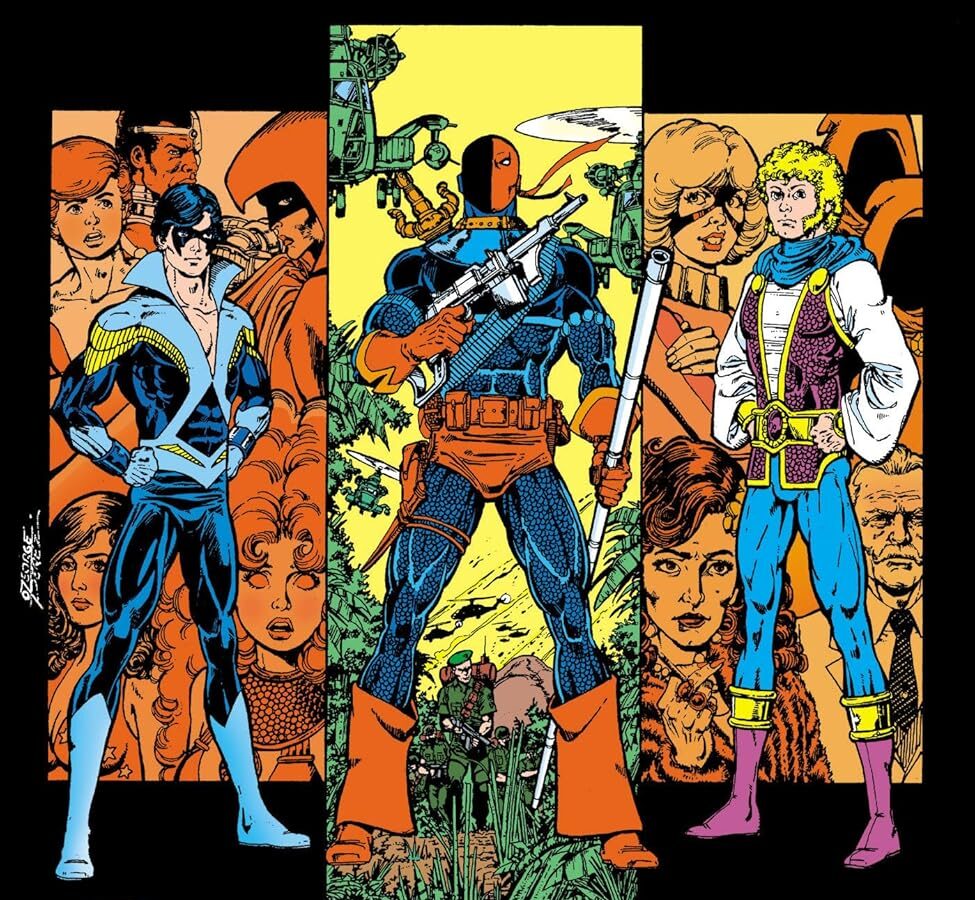
Teen Titans: The Judas Contract
Collects: Action Comics #546; World’s Finest Comics #300; The New Teen Titans #33-40; The New Teen Titans Annual #2; Tales of the Teen Titans #41-47; Tales of the Teen Titans Annual #3; The Vigilante #3
Collects: Fightin’ Five #40-41; Suicide Squad #27-30; Checkmate #16-26, #28, #32-33; Eclipso #11-13; Showcase ’93 #6-11; Peacemaker #1-4; The Vigilante #36-38, #41-43; The Peacemaker #1-5
Green Arrow: The Longbow Hunters
Comics from 1987 to 1988
Batman: The Killing Joke and Other Stories
Collects: Batman: The Killing Joke #1; Batman #413-422; Detective Comics #580-589; and Batman: Son of the Demon #1
Collects: Suicide Squad #1-10; Secret Origins #14; Detective Comics #582; The Fury of Firestorm #62-64; Firestorm: The Nuclear Man Annual #5; Legends #1-6; Millennium #4
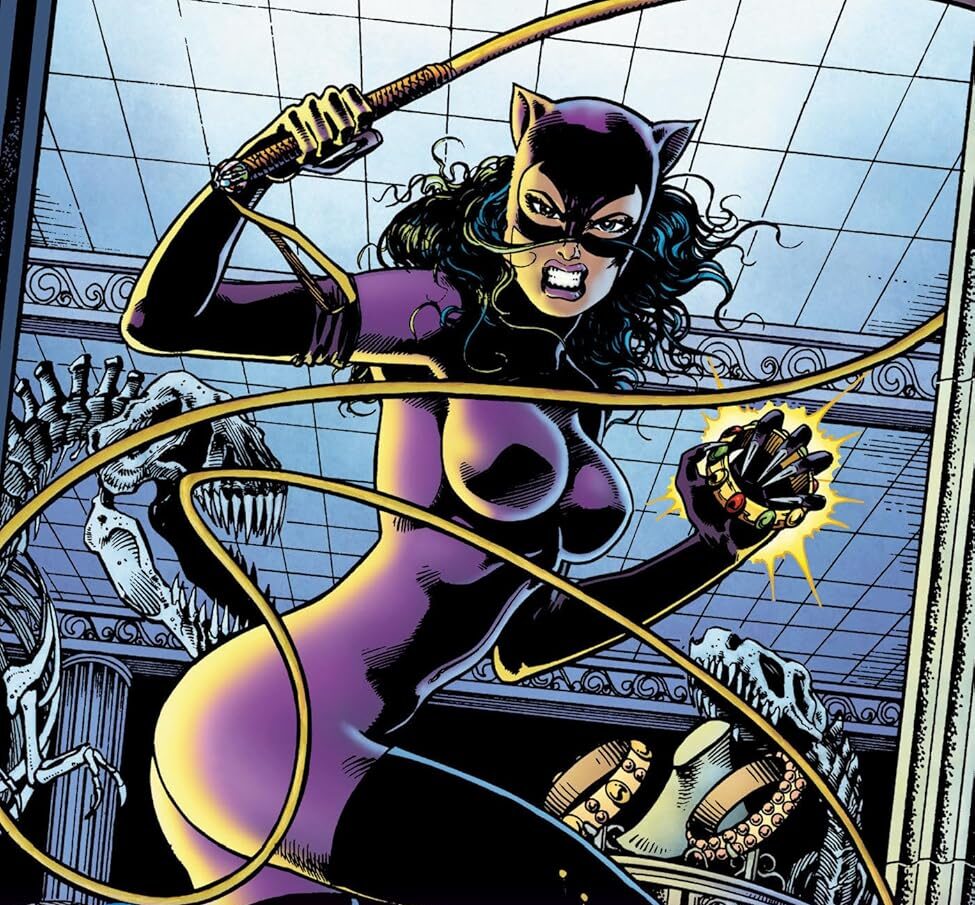
Comics from 1988 to 1994
Catwoman: Vengeance and Vindication
Collects: Catwoman #0, #13-32; and Catwoman Annual #2-3
Harley Quinn: Birth of the Mirth
Collects: Action Comics #765; Batman: Legends of the Dark Knight #126; The Batman Adventures #12; Azrael: Agent of the Bat #60; Batman #570, #573-574; Batman: Shadow of the Bat #93; Detective Comics #737, #740-741; Catwoman #82-84, #89; The Batman Adventures: Mad Love #1; The Batgirl Adventures #1; Batman: Harley Quinn #1; Batman: Gotham Knights #14; Harley Quinn #1-8
Comics during 1994’s Zero Hour event
Collects: The Flash #0; Green Arrow #90; Adventures of Superman #516; Justice League America #92; Action Comics #703; Justice League International #68; Legion of Super-Heroes #61; Green Lantern #0; Superman: The Man of Steel #0; Guy Gardner: Warrior #24; Justice League Task Force #16; Catwoman #14; Robin #10; Showcase ’94 #10; Damage #0, #6; Zero Hour: Crisis in Time #0-2; Anima #7
Collects: Batgirl #7-27, Superboy #85, and Supergirl #63
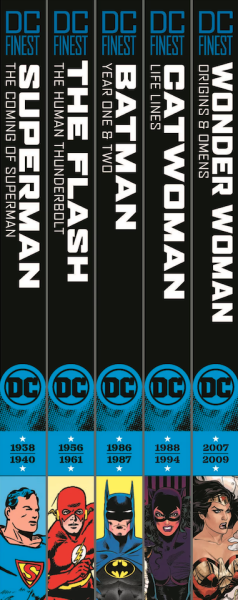
DC Finest Reviews: The Launch Collections
For the purposes of this review, I’m most interested in the full collections of DC Finest, and how they compares to other collected options. So I’m a little less focused on the merit of the stories themselves – for example, Batman Year One by Miller and Mazzuchelli is among my 50 favorite comics ever, so the question isn’t whether Year One is a worthy read, but whether it’s a good idea to read it in this format.
Speaking of, let’s start with the Batman collection because it’s the oddest of the bunch, and probably the best example of the full scope of DC Finest at its most comprehensive. Throughout 1985, Marv Wolfman and George Perez spearheaded the massive 12 issue Crisis on Infinite Earths event which codified the DC Multiverse and effectively draws a line in the sand for Pre-Crisis and Post-Crisis DC Comics. A lot of Comic Book Herald DC Reading Guides more or less start with Post-Crisis as a point reflective of the “modern” era of DC, and you see this reflected across the publisher’s main characters, where Superman is reset in John Byrne’s Man of Steel, Wonder Woman in George Perez’s run, and Batman in Year One.
What often gets lost in that approach is how many comics are published alongside those more well-known stand-alones, and that’s what Batman: Year One & Two really emphasizes. There are over 160 pages of story – 7 issues – before you even get to Year One in this DC Finest package. Operating under chronological publication order, the DC Finest collection hops between issues of Batman (starting with #401) and Detective Comics (starting with issue #568). This means you’re exposed to a wide variety of creators working on the Dark Knight before the character settles into anything resembling a groove. The book begins with Barbara J. Randall and Trevor Von Eeden, before segueing into a surprise Jim Starlin appearance and eventually the more consistent work of Mike W. Barr with Alan Davis and Paul Neary. If you’re a longtime comics fan, the likes of Starlin and Davis, or latter Dave Cockrum will be instantly recognizable. Likewise, Davis and Neary’s work on Batman is quite fun, revealing a wry smirking protector of Gotham alongside the early days of Jason Todd as a more eager Robin. It’s fascinating to experience the actual in-the-moment progression of Batman comics on the road to the transformative Year One.
Speaking of: Holy Classics, Batman, Year One stands out SO MUCH in contrast to everything in this collection. I already had tremendous respect for Miller and Mazzuchelli’s work, with Richmond Lewis colors and Todd Klein’s dueling journaled letters, but when yo u read it as it would have stood compared to fairly aimless Bat-yarns still echoing the shadows of 60s Batman TV, Year One feels like a damn lightning bolt. I quite appreciate the collection in a historical context because it’s easy to lose sight of how revolutionary a comic may have been in its era, especially if you didn’t live through it (and Year One is before my time). That said, if you’re totally new to Bat-comics, I’d recommend simply starting with the four issue Year One, either through a $9.99 trade or a DC Universe Infinite subscription. The DC Finest approach is really more for the Bat-fanatic who wants every piece of the Dark Knight’s history on their shelf. I’d suspect new readers will be disappointed to learn the Batman comics surrounding Year One are neither tonally nor narratively connected (newer fans will be best served by the new Compact Classics too).
I had never read poor Year Two before, but man, imagine trying to follow in the wake of Miller and Mazzuchelli. Again, as comics history goes, it’s compelling to watch early pre-Spawn, pre-Superstardom Todd McFarlane on Chapters 2 to 4 of Year Two, with several inklings of the artist and Image revolution to follow. You can see McFarlane’s early sense of 90s cool in Batman’s surreal flowing cape, the Reaper’s bloody conquests, and the artist’s fondness for long, thin vertical panels splicing the action.
It’s worth pointing out here too that if you’re the kind of collector who wants Year Two in print, DC Finest is your best, most affordable option unless you luck into a copy at your local comic shop or a garage sale. As for the glue in between Years One and Two, this is your only collected print option. And that’s kind of the point and appeal of DC Finest: You get everything from a certain time period, whether or would curate neatly into a standalone collection or not.
The Simone, Aaron Lopestri, Dodson Wonder Woman run is far more straightforward than the Batman collection – the DC Finest softcover mostly gives you one long run by a consistent creative team, ensuring a story with connective tissue throughout. The only wrinkle in the value here is that this run also got an Omnibus reprint in late 2023, and from what I can tell, is still in stock and often listed at half off it’s retail price of $100. For the uninitiated, a DC Omnibus, is a massive hardcover collection of a huge creative “run” or event, usually over 1,000 pages long (the smallest one I own is Grant Morrison’s Seven Soldiers at over 760 pages of comics). Omnibus collections are thrilling in their immensity, often eagerly sought out and likely to go out of print, and completely preposterous to actually read (although I’ve always said, if you’re not simultaneously reading comics, weightlifting, and forming a lifelong indent on your chest, are you even reading?). That said, if you can get the Wonder Woman omnibus’s 816 pages of the full run through issue #44 for about $50, or the DC Finest version of the run ending at issue #35 for $39.99, I’d actually recommend the omni. It’s unusual they’d be this close in price though.
For the Justice League of America, some of these comics would be included in DC’s various Crisis on Multiple Earths paperbacks, but only a handful at a time instead of a consecutive run in publication order from ’66 to ’69 like this. Most of these comics were collected in Justice League of America Vol. 2: The Silver Age Omnibus, but those are now out of print and at best running for 3x the price of a DC Finest collection. The issues are available on DC Universe Infinite, but if you want to read and own in print, the DC Finest collection is your best option.
Finally, previous Golden Age Superman collections are out of print and WAY overpriced – the Golden Age Vol. 1 currently lists a $99 paperback on Amazon – making the DC Finest approach a pretty easy recommendation, again, if you want these in print and on your shelf. And really, that’s what it boils down to – If a work has been out of print for a long time, a la The Legend of Wonder Woman by Kurt Busiek and Trina Robbins, the upcoming DC Finest option suggests a (hopefully sustained) opportunity to see it returned to print and not scalped on the used book market for triple the retail price. Same goes for the occasional instance where a work hasn’t been digitized and made available through DC Universe Infinite, a la Police Comics #1 to #36, The Origins of Plastic Man that will be available through DC Finest in early 2025.
This is the aspect of DC Finest that I’m most pleased to see at launch – there’s a surprising, and often exciting variety to the selected comics giving shine to Metamorpho, Plastic Man, Jimmy Olsen’s Giant-Turtle era, and, uh, Gorilla World! This indicates a real commitment to the full breadth and possibilities of DC Comics. It also increases the chances that some lesser known diamonds in the rough can have their day, and that I’ll feel inclined to explore corners of DC’s history that I haven’t touched before. I suspect the number one question serious collectors will have is whether DC plans to see this through – the last thing collector’s want is a shelf with 9 years of Justice League of America before the imprint gets tossed and rebooted under a different style a few years down the line. At least at launch, this feels like the real thing.
At the end of the day, these are the key questions to ask when considering a DC Finest collection.
- Do you want to read in print over digital?
- Would you like to own the full published history of your favorite characters instead of more curated selections of their “best” stories?
- Have you checked if a DC Omnibus already exists at a comparable price point that might give you a similar or expanded value?
If the answers are yes, go ahead and get excited about DC Finest!

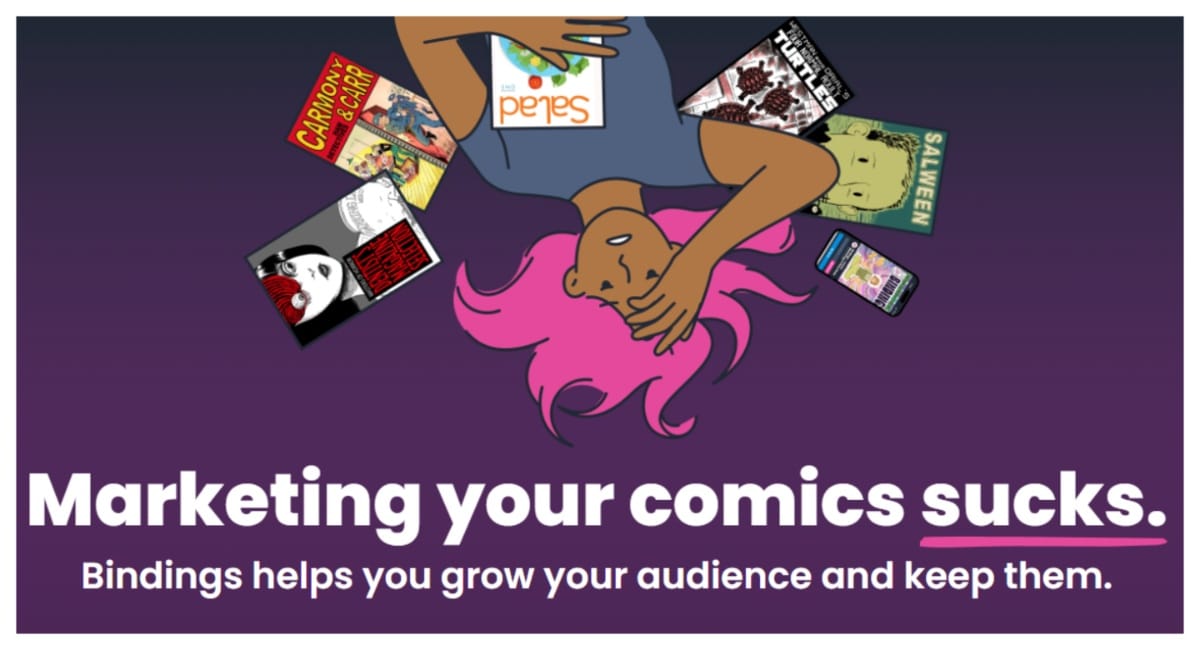
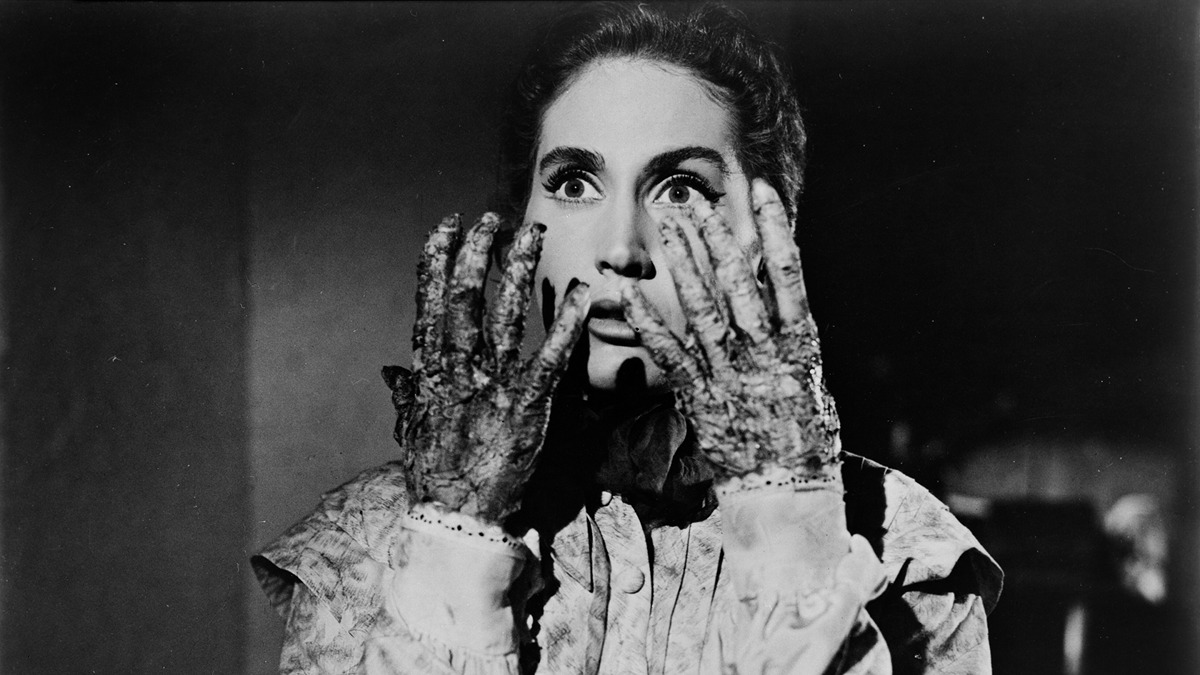
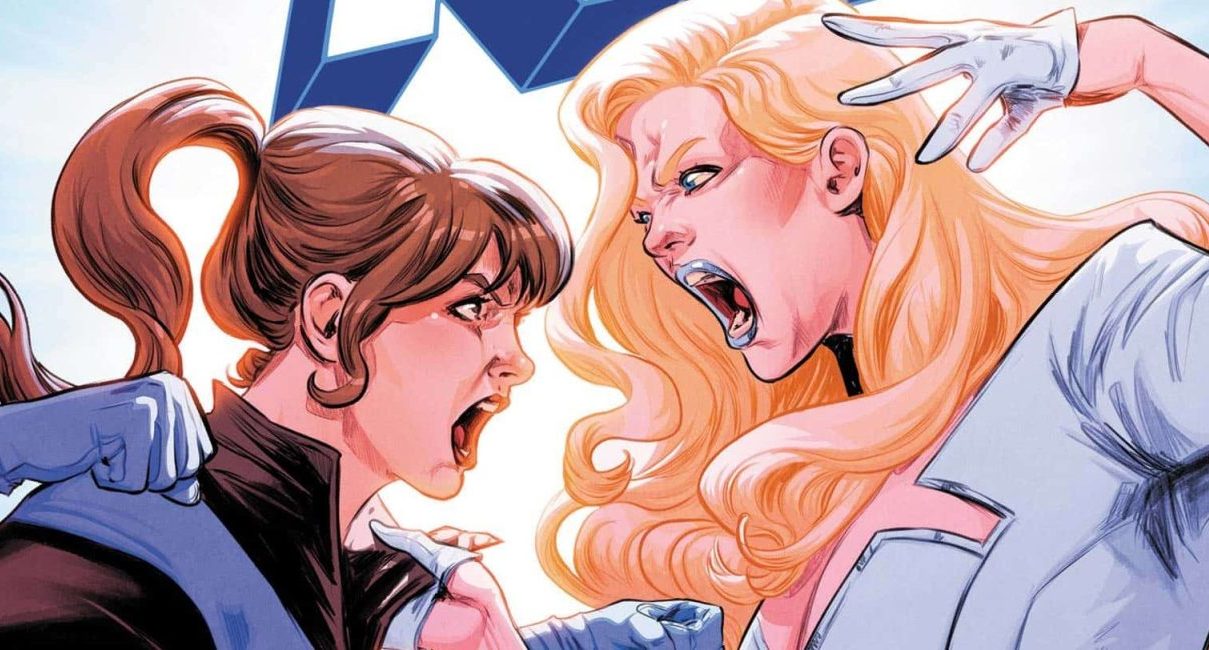
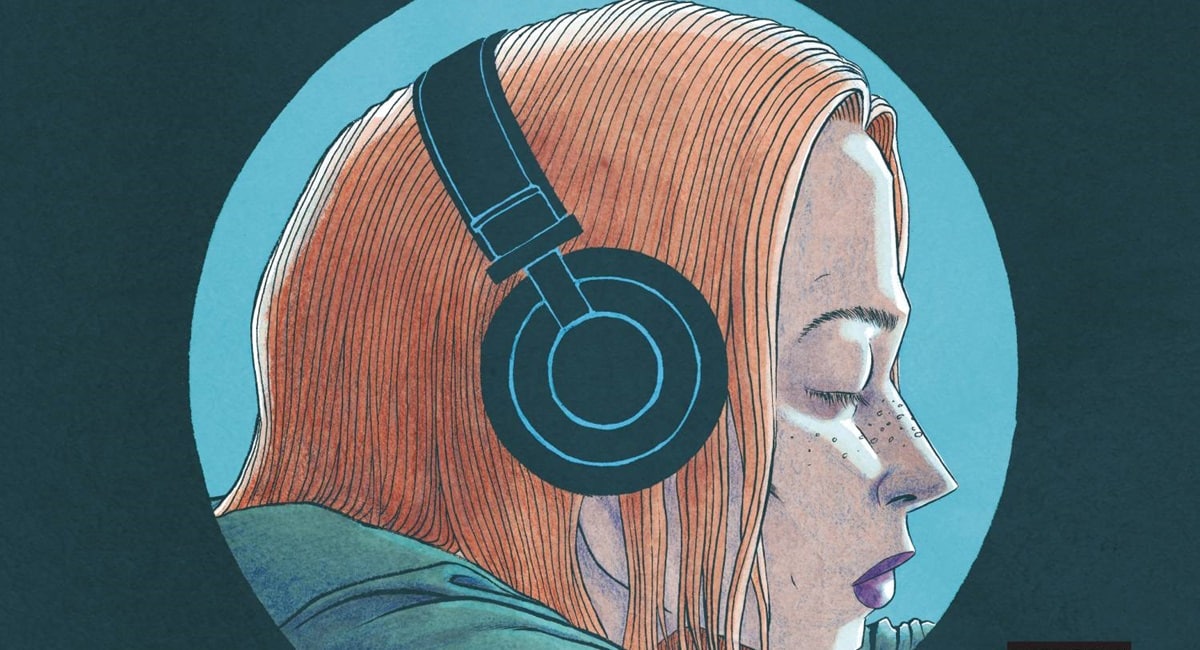
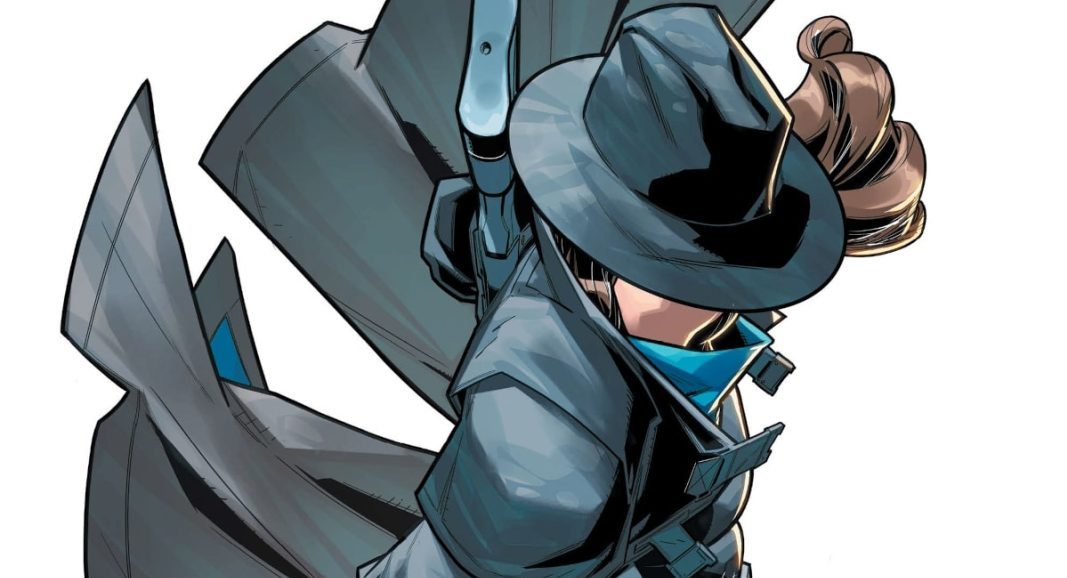
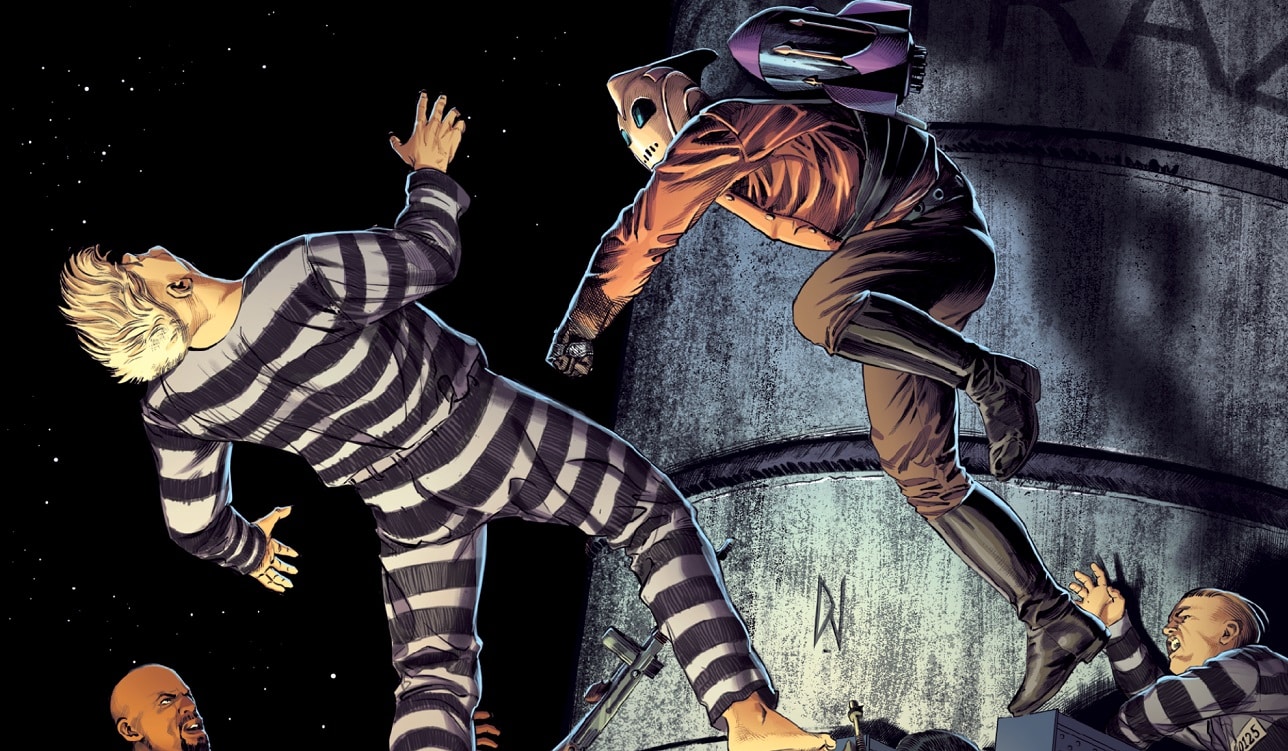












 English (US) ·
English (US) ·